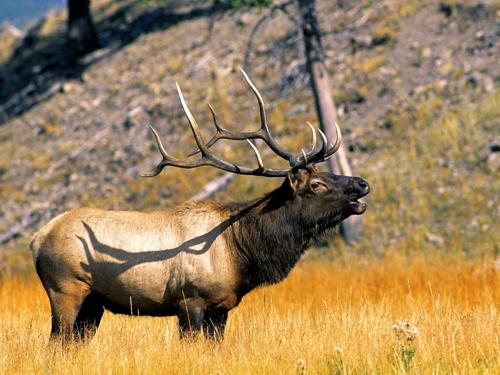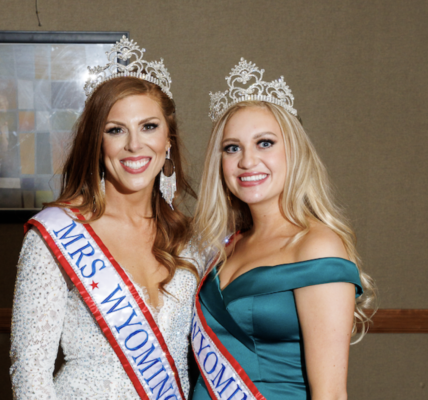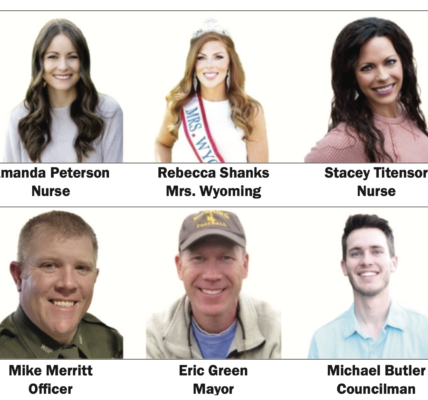Courtesy of the Buffalo Bulletin-
The Wyoming Wildlife Taskforce is not even a year old, but the draft list of topics it hopes to address is ambitious and no doubt will stir some strong feelings.
The task force was convened by Gov. Mark Gordon, Wyoming legislative leadership and the Wyoming Game and Fish Commission to study top-priority wildlife policy issues facing the state related to the allocation of hunting opportunities, sportsperson access and other issues.
The group will provide recommendations to the proper governing bodies with solutions to various issues.
In the task force’s first meeting in June, a draft list of six topics important to hunters and sportspersons was identified. The topics range from residents’ frustration with limited licenses, access and overall opportunities to hunt to commissioners’ licenses to wildlife management. The first two topics address “big five” license allocations and resident frustration with overall opportunities to hunt deer, elk and antelope.
This summer, the task force recommended a two-pronged approach to tweaking the allocation of licenses for the big five species — bison, bighorn sheep, moose, mountain goat and grizzly bears (at such a time that they are delisted). The recommendations include changing the resident/non-resident license split to 90/10 for all five species, a change that is likely to be very popular with resident hunters based on public comments submitted to the task force. However, because there are so few licenses granted for any of those species, the change in the split will not dramatically decrease the amount of money licenses generate for Wyoming Game and Fish.
But resident hunters also seem interested in, and the task force will look into, splitting all big game licenses 90/10. Currently, antelope and deer licenses are split 80% for residents and 20% for nonresidents; elk are split 84/16.
The task force has asked Wyoming Game and Fish to crunch the numbers about what a switch to 90/10 might mean — in terms of hunter odds, financial impact to the department, and ability for Game and Fish to manage population objectives. In response, Game and Fish presented six unique scenarios for adjusting the resident to non-resident quotas. Each scenario computes the changes to residents’ draw odds and financial impacts to the department.
Some of the impacts are harder to pencil out. For example, how a change might affect the Game and Fish Department’s ability to meet management objectives. And, there will no doubt be economic impacts down the line — to outfitters, private landowners who charge trespass fees, and businesses that cater to non-resident hunters.
But other impacts are black and red.
If no changes in fee structures are adopted, the financial impact to Game and Fish will be a loss of between $1.24 million and $13.9 million in revenue for the various the scenarios presented.
The Wyoming Game and Fish operates largely on licensing fees. While it is certainly understandable that resident hunters strongly favor more resident licenses, there is no doubt this will come with a price tag. It is doubtful that the Game and Fish could withstand absorbing all of the losses that a change in license allocation would cause. Nor can non-residents be asked to absorb all of cost. Already non-residents pay nearly 10 times what residents pay for a big game license.
The task force and Game and Fish must weigh the value of granting greater resident access to hunting opportunities against making hunting unaffordable. Resident hunters must also acknowledge that with greater access to big game licenses comes a vastly greater cost to hunt.






